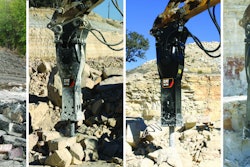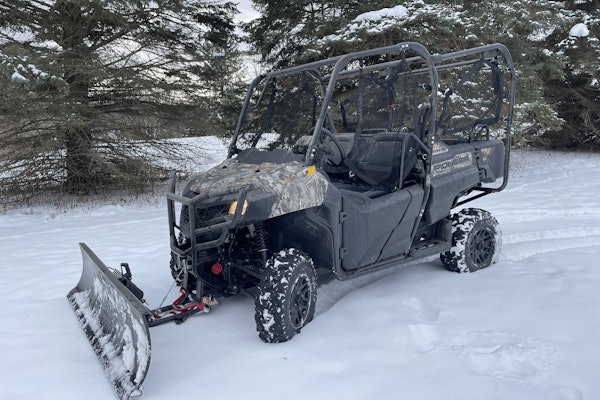The Indiana Department of Transportation (INDOT) will soon begin mowing operations along state rights-of-way in the LaPorte District. INDOT mowing operations are designed to minimize costs and risk to highway workers while maintaining the vegetation on INDOT’s roadways at a safe height for driver visibility.
Many drivers are surprised to see grass along the right-of-way growing longer than the typical lawn. With thousands of acres to maintain, treating the right-of-way vegetation the same as a homeowner maintains a lawn is not possible.
INDOT predominantly uses a three-cycle process to mow state roadways, which includes all interstates, state roads and U.S. routes. That means each right-of-way will be mowed three times a year. The Borman Expressway (I-80/94) and State Road 912 are on a five-cycle process.
The first cycle is a limited mow during which crews mow the median and the right-of-way up to 15 feet from the roadway. Most of the first cycle in the LaPorte District will be completed by the end of May.
The second cycle involves full-width mowing in most areas. Crews mow from fence to fence, including the median. The second cycle begins in July and is typically completed before the vegetation reaches approximately 18 inches high. The maintenance along the Borman Expressway and S.R. 912 includes additional full-width mowing in June and August.
The third cycle is another limited mow. Once again, crews will mow the median and the right-of-way up to 15 feet from the roadway. This cycle is scheduled to take place in September.
The following areas will be maintained with three cycles:
• U.S. 24 Bypass in Logansport, State Road 29 and U.S. 35
• I-65 and I-94
• U.S. 30, U.S. 41 and State Road 49
• State Road 2, U.S. 31 and State Road 331
• U.S. 20/U.S. 31 Bypass and U.S. 30
INDOT is expanding its Roadside Heritage Program to reduce the need for mowing. The program uses wildflowers and native plants to landscape Indiana’s roadsides. INDOT grows wildflower seeds at two locations and plants the seeds in appropriate areas. Not only do the blooming wildflowers beautify the roadways, they virtually eliminate the need for mowing in the planted areas.










